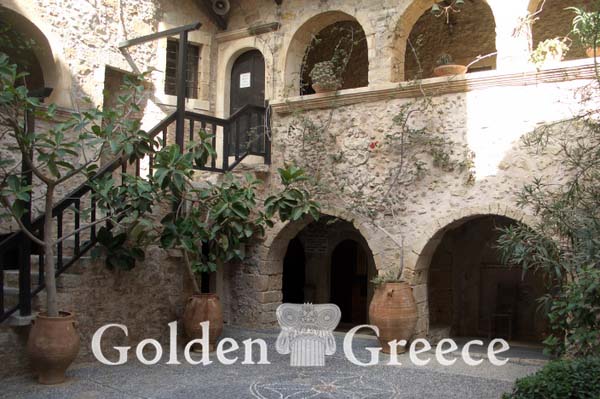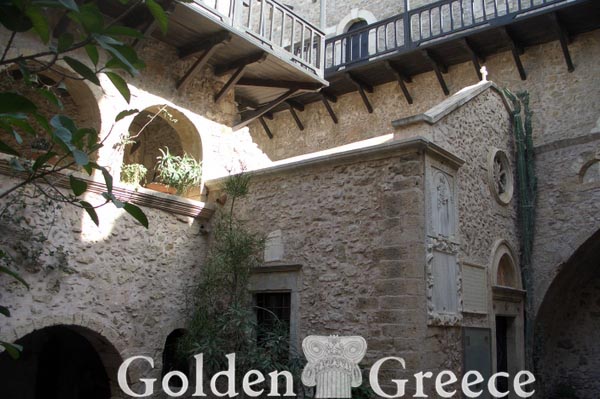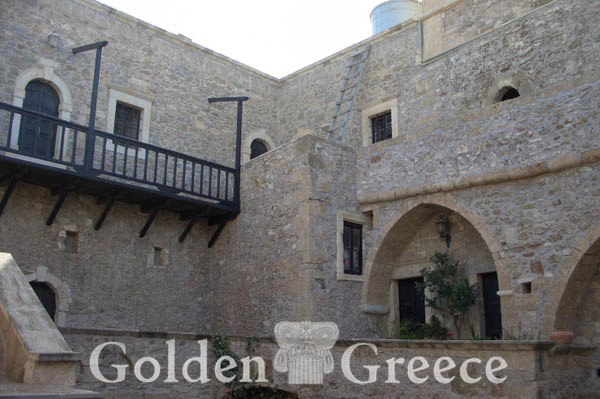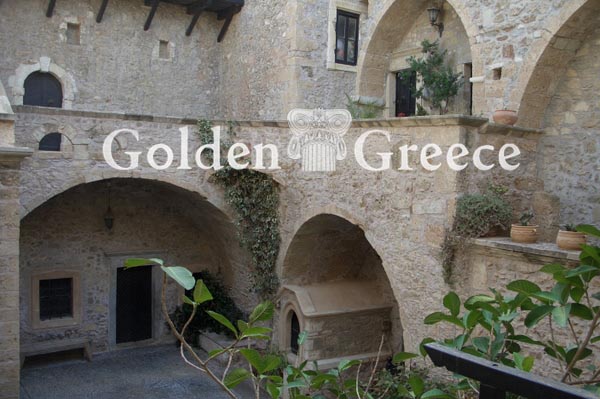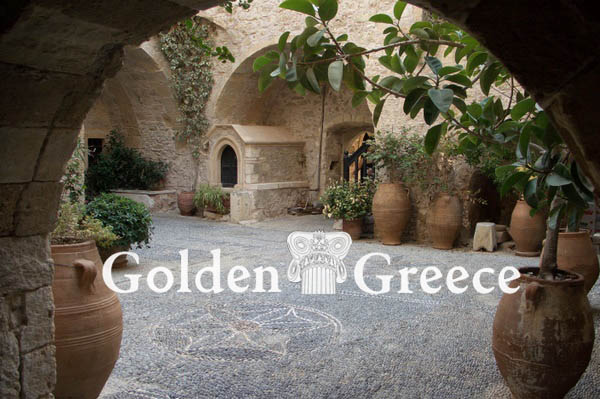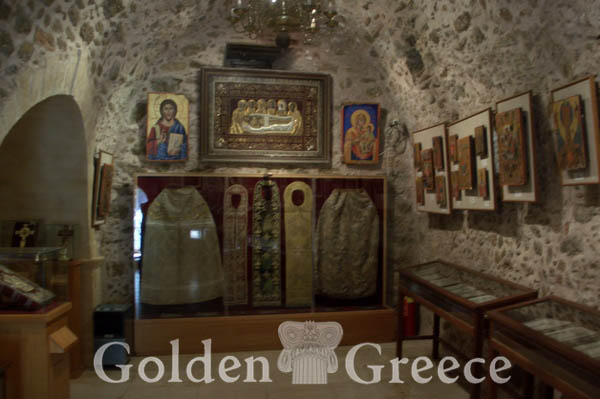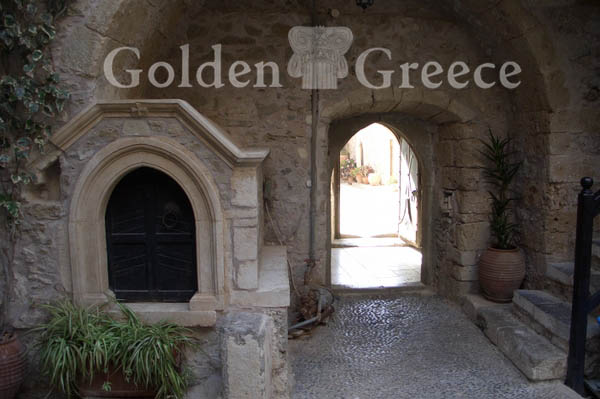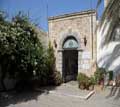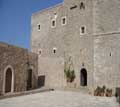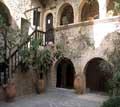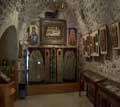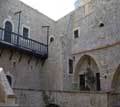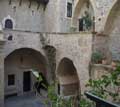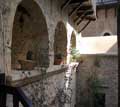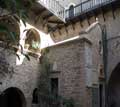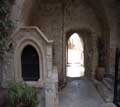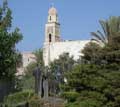
The monastery of Panagia Akrotiriani is one of the most important and historic in Crete. It was renamed Toplou during the Turkish occupation because it had a cannon (in Turkish top) and had a fortress form, either from the name "The Rich Monastery". Today the people call it "Great Monastery". It is located 10 km east of Sitia. In recent years, serious restoration work has been carried out at the monastery.
The Catholic Church of the monastery, which is honored on the Nativity of the Virgin Mary and Saint John the Theologian, was founded in 14. ai. as the frescoes show. At the end of 16. ai. the monastery had taken on its fortress form, had acquired wealth and prestige and had established many shares throughout Crete. At the beginning of the 17. ai. it was renovated by the abbot Gabriel Pantogalos. Turks found it in 1646, looted and destroyed it. In 1704 the Monastery was declared Stavropigian, but it was slow to take over. During the Turkish rule, it suffered retaliation from the Turks because it was a refuge for the rebels. It was looted during the years of the Revolution of 1821. It took over again in the middle of the 19th century. and acquired wealth and prestige. To the west is the Loggia Door from which one enters a walled courtyard, where the auxiliary areas of the Monastery were located. From the courtyard one passes into the main area of the Monastery through an arched corridor that has two doors: the Porta tou Trochos, above which is the slayer or scalder, and an inner door with a cross in relief that supports him Dolphins. The western architectural influence is evident in the two-aisled temple. On the western outer wall there are built-in reliefs from the 17th century. (1619.) and the famous inscription with the "Arbitration of the Magnets". In the interior of the older aisle, there are wonderful frescoes from the 14th and 15th centuries, which have been preserved in fragments. The western architectural influence is evident in the two-aisled temple. On the western outer wall there are built-in reliefs from the 17th century. (1619.) and the famous inscription with the "Arbitration of the Magnets". In the interior of the older aisle, there are wonderful frescoes from the 14th and 15th centuries, which have been preserved in fragments. The western architectural influence is evident in the two-aisled temple. On the western outer wall there are built-in reliefs from the 17th century. (1619.) and the famous inscription with the "Arbitration of the Magnets". In the interior of the older aisle, there are wonderful frescoes from the 14th and 15th centuries, which have been preserved in fragments.
Editor: Fotini Anastasopoulou

